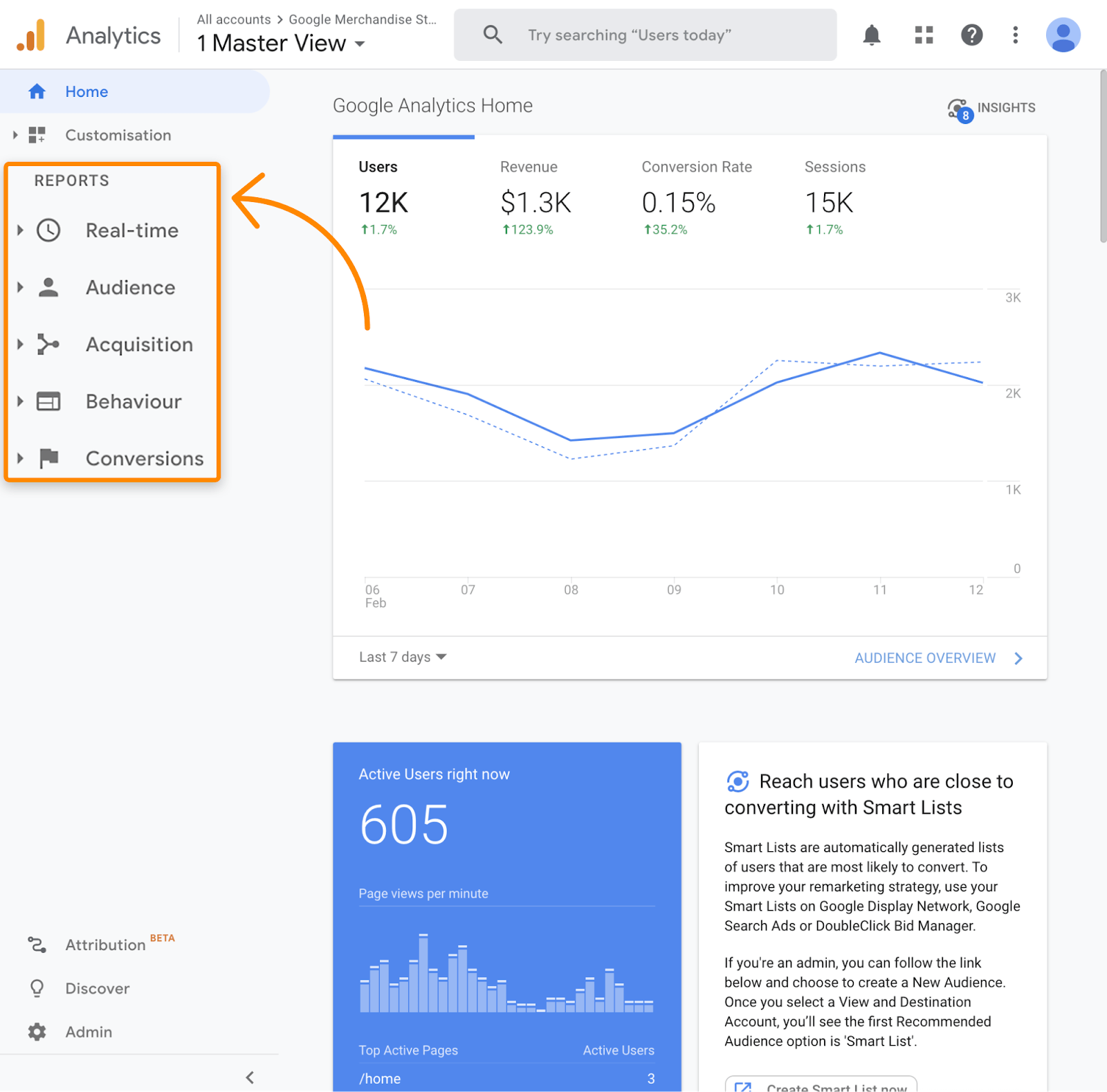Optimizing Your Data Interpretation With Second Dimension in Google Analytics for Informed Decision-Making
In the world of digital analytics, the capacity to essence meaningful understandings from data is critical for making informed decisions that drive business success. Google Analytics, an effective tool in the hands of digital marketing experts and analysts, supplies a feature known as Additional Measurement. This often-underutilized function has the prospective to discover a riches of information that can supply a deeper understanding of user behavior and site efficiency. By taking advantage of the capabilities of Additional Measurement, customers can obtain a more extensive view of their data, enabling them to make critical choices based upon an extra comprehensive and nuanced analysis.
Recognizing Secondary Dimension Performance
Recognizing the secondary dimension functionality in Google Analytics improves the deepness of information evaluation by offering additional context to key metrics. By incorporating an additional dimension, experts can section and compare data, obtaining understandings that would certainly otherwise continue to be hidden. This feature allows users to check out data through various lenses, such as the source of website traffic, individual behavior, or geographic place, providing a more comprehensive understanding of website efficiency.
Using secondary measurements can disclose patterns and connections that may not appear when looking entirely at primary metrics. For circumstances, combining the main metric of page sights with a secondary dimension like device category can uncover whether certain tools drive more traffic to details pages. This info can after that educate website optimization methods customized to various tool individuals.
Executing Second Measurement in Reports
Building upon the understandings obtained through secondary dimension evaluation, incorporating these dimensions efficiently right into reports in Google Analytics is essential for removing actionable data-driven choices. what is a secondary dimension in google analytics. By carrying out secondary dimensions in records, users can dive much deeper into the performance metrics of their web site or application. This feature enables a much more comprehensive evaluation by offering additional context to the main dimension selected
To carry out a second measurement in records, just browse to the desired record in Google Analytics and click the "Additional measurement" tab located above the information table. From there, individuals can pick from a wide array of additional measurements such as 'Source/Medium', 'Device Group', or 'Touchdown Web page'. Picking the most relevant secondary dimension will depend upon the certain understandings you are looking for to discover.
Using secondary measurements in reports not just boosts the depth of analysis but additionally help in recognizing fads, patterns, and connections that may have otherwise gone unnoticed. This tactical approach to information analysis allows services to make educated decisions that drive growth and success.

Analyzing Information With Second Measurements
Upon integrating additional dimensions right into data evaluation within Google Analytics, a detailed assessment of essential efficiency signs can be attained, using beneficial understandings for tactical decision-making. By making visit this web-site use of second measurements, analysts can even more explore their primary data measurements, such as website traffic resources or individual demographics, to discover patterns or trends that may not be instantly obvious. This deeper degree of evaluation enables a much more comprehensive understanding of user actions and communications on a web site or digital system.
Examining data with secondary measurements allows marketing experts and web site owners to address even more particular questions concerning their audience, material efficiency, and advertising initiatives. As an example, by combining the key dimension of traffic resources with an additional measurement like geographical place, businesses can recognize which regions drive one of the most useful traffic to their website. This sort of granular understanding can inform advertising and marketing approaches, material development, and website optimization initiatives to better satisfy the requirements and preferences of their target market.
Leveraging Second Measurements for Insights
By integrating second measurements effectively, experts can extract much deeper understandings from data embed in Google Analytics, boosting the understanding of user behavior and efficiency metrics. Leveraging second dimensions includes integrating various attributes or metrics with main information to reveal patterns and trends that may not appear in the beginning glance. why not check here For example, by including a second dimension such as 'Device Group' to a record on website traffic, analysts can recognize whether user habits varies across various gadgets like desktops, cellphones, or tablets.
Moreover, making use of second measurements permits experts to sector information extra granularly, allowing them to identify particular audience segments or geographic areas that exhibit distinct habits. what is a secondary dimension in google analytics. This segmentation can be critical in customizing marketing techniques, enhancing website web content, or boosting customer experience based upon the distinct attributes of each section
Fundamentally, leveraging second measurements in Google Analytics empowers analysts to dive deeper into data, derive significant insights, and make notified decisions that drive business growth and success.
Enhancing Decision-Making Through Secondary Measurements
Making use of secondary measurements in data analysis supplies a critical benefit by revealing actionable insights that drive notified decision-making in Google Analytics. By enhancing decision-making through secondary measurements, customers can dive much deeper into their data to extract valuable details that might not be instantly obvious. These additional measurements provide a more detailed sight of customer actions, interactions, and results, making it possible for analysts to make even more informed choices based on concrete information.
Through the use of secondary dimensions, experts can section and filter information to determine patterns, fads, and connections that might influence decision-making procedures. This improved degree of granularity permits a more our website targeted technique to analyzing information, resulting in even more insightful and precise final thoughts.
Moreover, additional dimensions supply the opportunity to contrast different information factors side-by-side, helping with a much more extensive assessment of efficiency metrics and KPIs. By leveraging secondary dimensions successfully, organizations can optimize their techniques, enhance individual experiences, and inevitably attain their objectives with confidence.
Conclusion

Structure upon the understandings acquired via secondary measurement analysis, including these dimensions effectively into records in Google Analytics is essential for removing actionable data-driven decisions.To apply a secondary measurement in reports, merely navigate to the wanted report in Google Analytics and click on the "Second measurement" tab located above the data table. By using second dimensions, experts can even more study their main information dimensions, such as traffic sources or individual demographics, to uncover patterns or trends that might not be instantly noticeable. By incorporating the primary dimension of website traffic sources with a second dimension like geographical place, businesses can determine which regions drive the most important web traffic to their site.By integrating additional dimensions efficiently, analysts can draw out deeper insights from data sets in Google Analytics, enhancing the understanding of user actions and performance metrics.